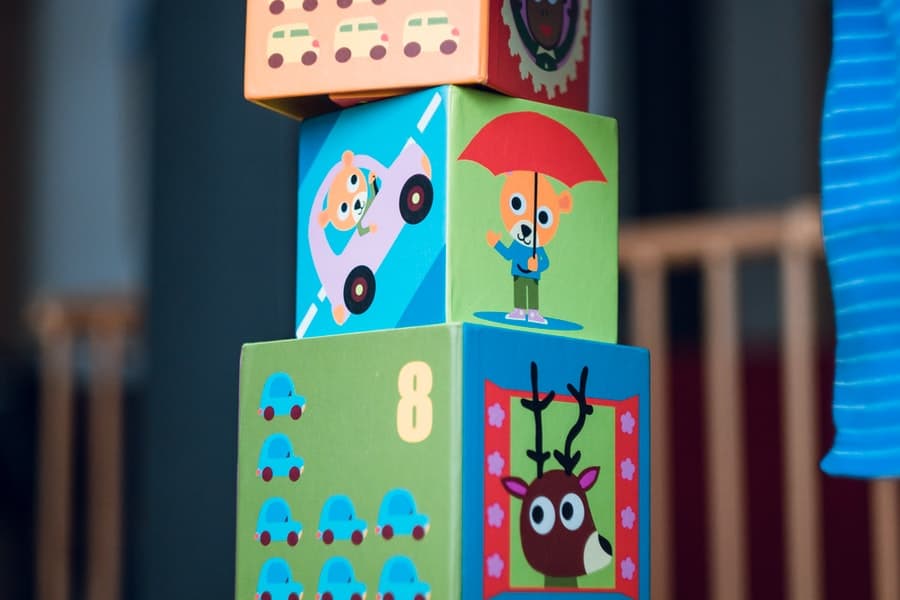Curriculum
Pre-primary:
At the Shishya Jigyasa Academy, we understand that little children’s education is not so much about teaching, as it is about providing limitless opportunities to learn. The curriculum has been carefully designed over many years of experience with little children, and has won numerous accolades. It is based on the UK Early Years Foundation Stage (EYFS) framework, and covers the following seven areas of development:
- Physical development
- Personal, social and emotional development
- Communication and Language development
- Literacy
- Development of the mathematical mind and reasoning skills
- Knowledge and Understanding of the World
- Development of Creative Thinking

These seven areas of learning are richly supported by a few uniquely designed programmes:
- Multi-Sensory Explorers: Children learn through their senses and therefore refining their senses through scientifically planned sensory experiences promotes learning.
- Eager Listeners: Development of keen listening skills through a variety of activities sensitize children to very fine differences in sounds which enhances language development and musicality. We have a strong Phonics programme which gives children a sound foundation for early development of reading skills.
- Free Flow: Children are all born with natural instincts and the best learning happens when they are allowed to follow these instincts. Learning thus acquired gets embedded for life. Free Flow gives them the opportunity to choose activities which satisfy their natural inclinations.
- Eurhythmics: A form of education which uses music and movement not only for development of balance and coordination but to give a deeper understanding of concepts.
- World Travellers: Developing an understanding of the world and its people…learning to enjoy similarities and accept differences…thereby becoming global citizens.
- Little Entrepreneurs: The most enjoyable experiences which develop economic awareness through role play!
- Exploration and Discovery: The wondrous enchantment that children experience as they discover truths about their world…extending their thinking to realms beyond here and now.
The curriculum has been designed keeping in mind the 21st Century Learner. It has a harmonious blend of best practices currently being used in early years settings, with pedagogical support of Reggio Emilia and Montessori Principles. The philosophy of both these systems is based on the following fundamentals of child development:
- Each of our children come into this world with an inbuilt learning programme provided by nature and therefore need some control over the direction of their learning.
- An effective learning environment will support the unfolding of this programme. In order to make this possible, children must be able to learn through experiences of touching, moving, listening, seeing and hearing.
- Children have a relationship with other children and with different physical material in their environment which they must be allowed to explore.
- Children must have endless ways and opportunities to express themselves.
A carefully planned learning environment is crucial to both Reggio Emilia and Montessori pedagogy and is often referred to as ‘the third teacher’. The classrooms are extended learning spaces, which we, the educators, plan and equip in order to enable the children to work at skills required to reach their developmental goals with a minimum of adult imposition. The focus is also on creating opportunities to ignite children’s curiosity and inspire them to ask questions. Lessons thus learnt are never forgotten.
At a Glance
The Shishya Jigyasa Academy Preschool is a new age school which uses the best methods available to prepare children for a world which is going to be very different. Here are some aspects which make it a very happy place for children.
Emphasis on Expression

Gone are the days when one could flash a few degrees and get a job for life. A 'job for life' has been replaced by multiple careers during one's lifetime. This means that being able to express one's ideas, opinions and thoughts in order to influence and engage people is a vital skill.
Children at TSJA have multiple opportunities to express themselves - through dance, music, role play, visual arts, speech and the written word. This ensures that they always have multiple avenues to express themselves.
Acclaimed Curriculum

The uniquely designed curriculum has gained recognition and won accolades internationally. The classrooms are set up as extended learning spaces which educators plan and equip in a scientific manner. We spend a lot of time planning activities which result in a whole lot of learning and a whole lot of fun!
The main drawback of a system which relies mainly on textbook learning is that the depth of learning is shallow. Our curriculum ensures that children engage with their learning using their minds AND bodies - resulting in intellectual, physical and emotional engagement.
Self Paced Learning

There is a strong emphasis on self paced learning. We recognize and appreciate that learning does not always progress in a linear fashion. Therefore, children are encouraged to work in accordance with their inclinations and thereby develop skills when they are ready to acquire them.
Children who move ahead quickly in one area might need more time in another, and all educators at Jigyasa are trained to accept this diversity. This makes for an inclusive and no-pressure learning environment.
Experiential and Cross Curricular Education

Ever since education became an item of mass consumption 150 years ago, the focus has been on equipping children with a base level of skills, resulting in uninterested learners who have little emotional connect with school. However, it is evident that the best learning happens when a learner immerses herself fully in an experience.
At Jigyasa, the curriculum is implemented using thematic units, and this gives teachers and children the opportunity to explore concepts as integrated parts of a whole, as opposed to as distinct 'subjects'.